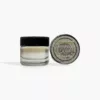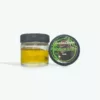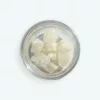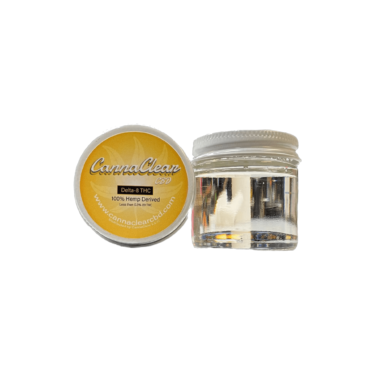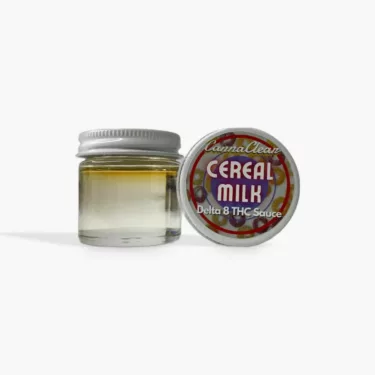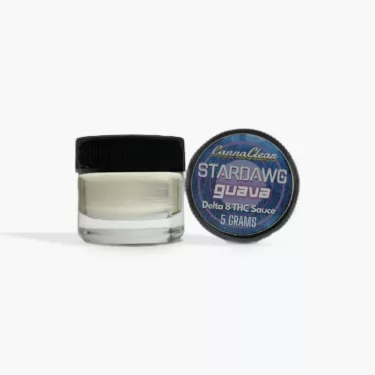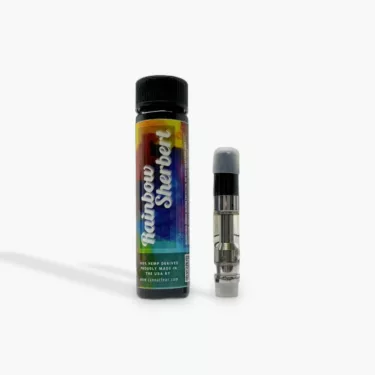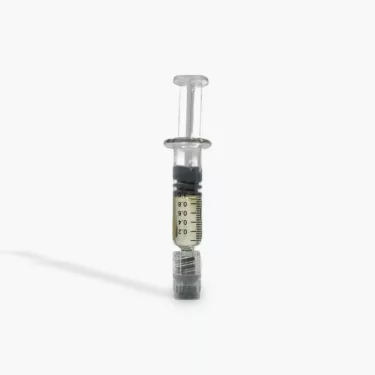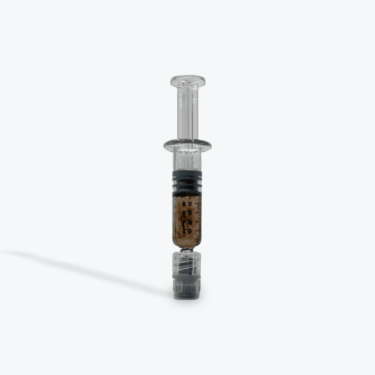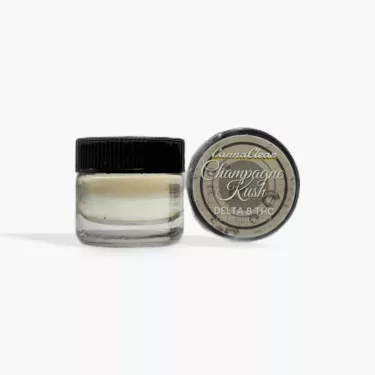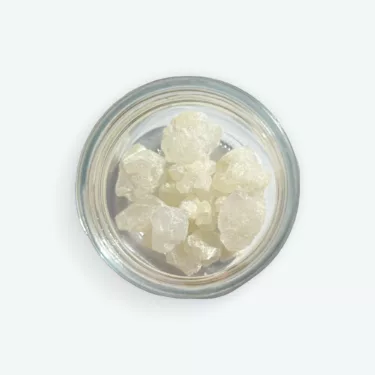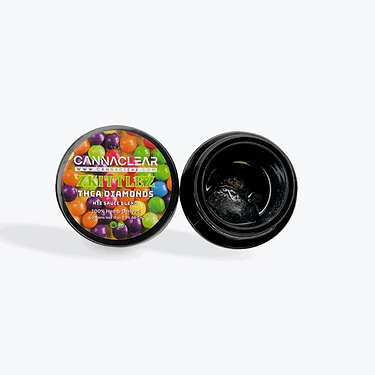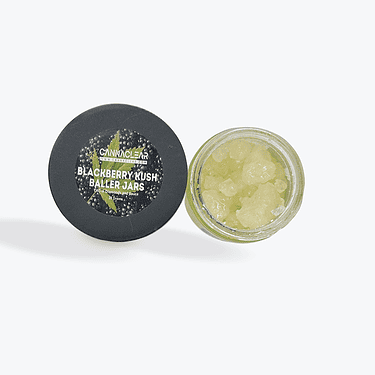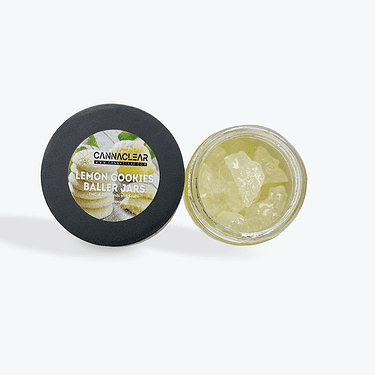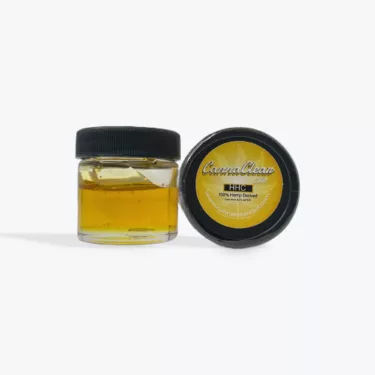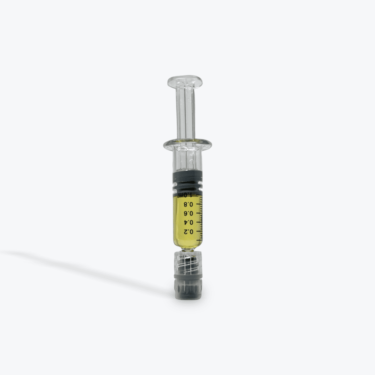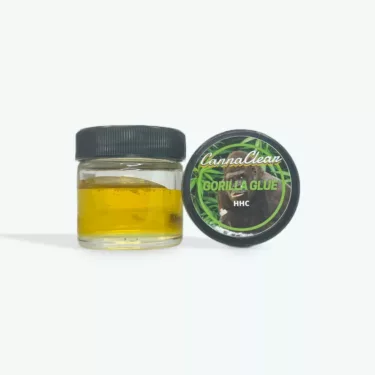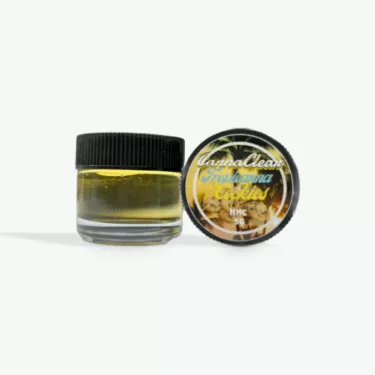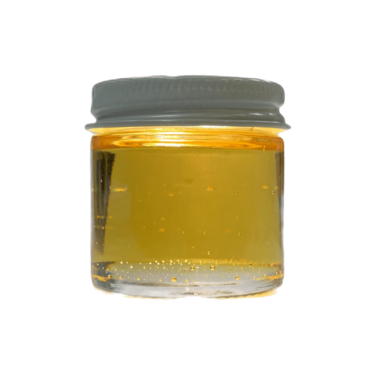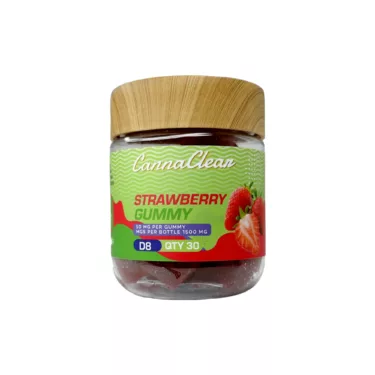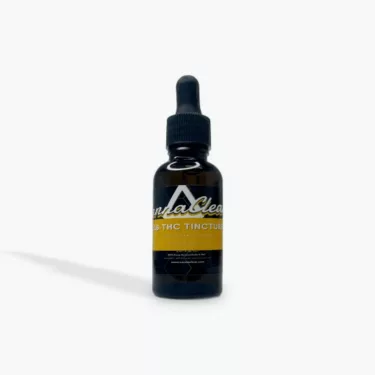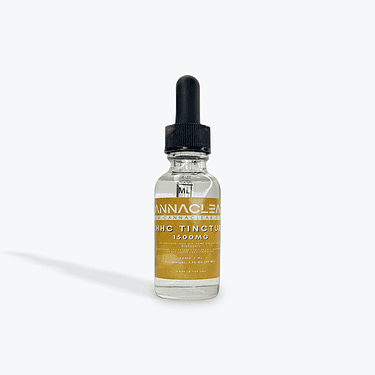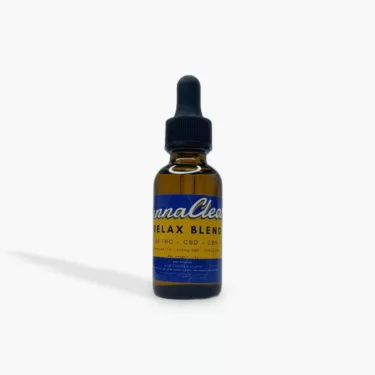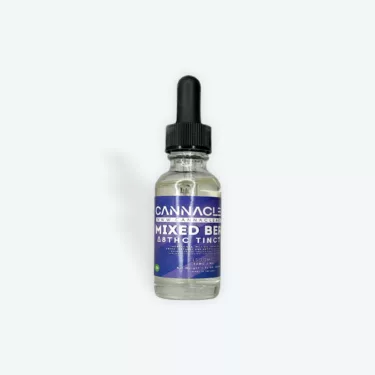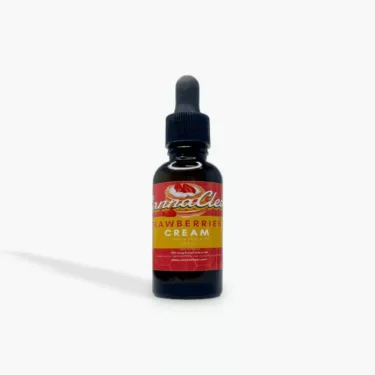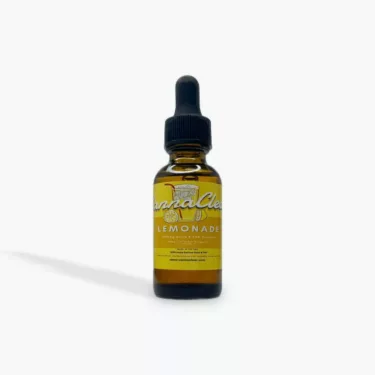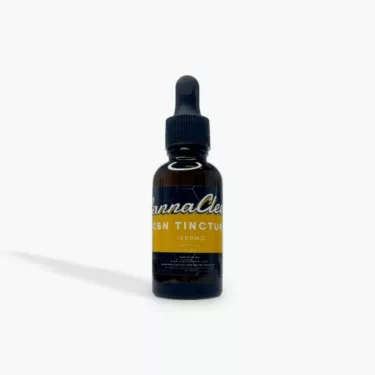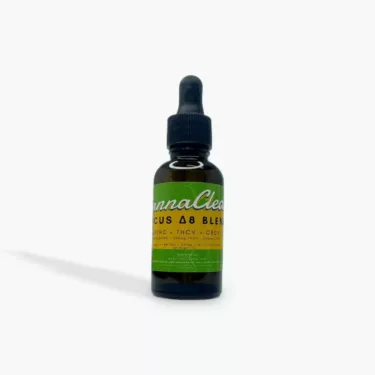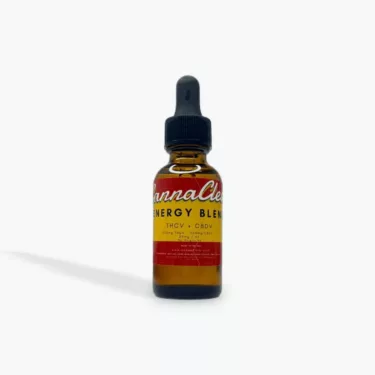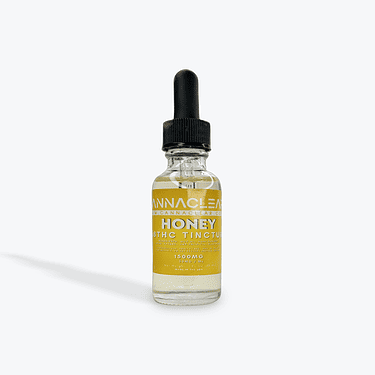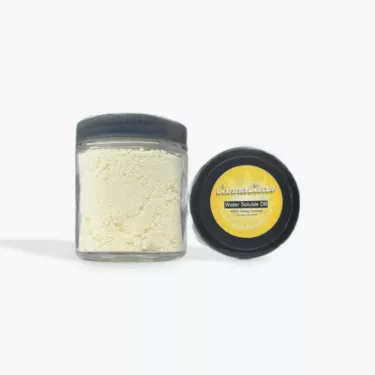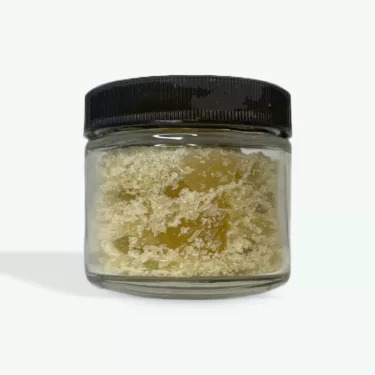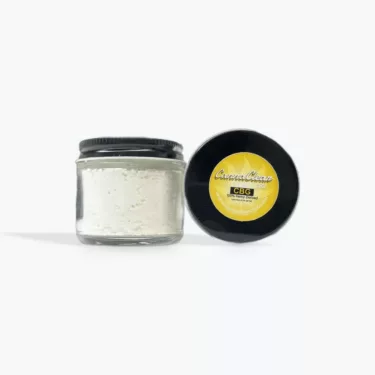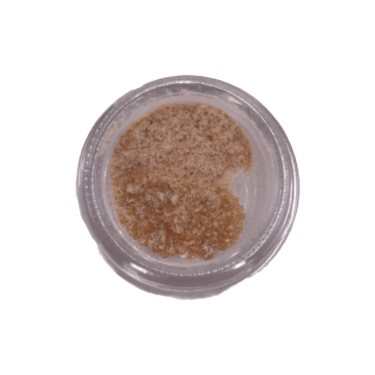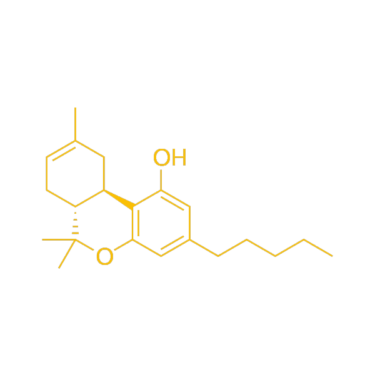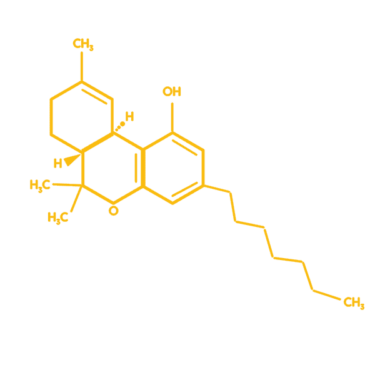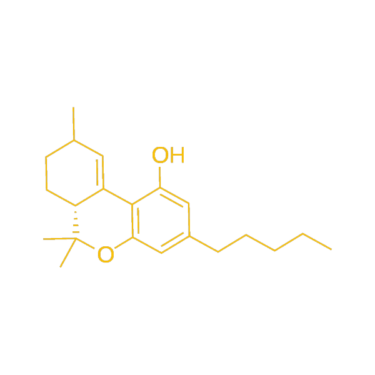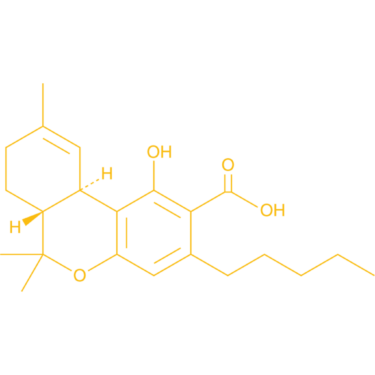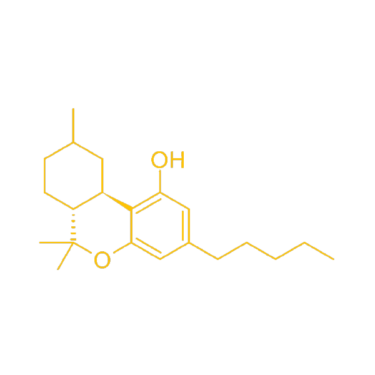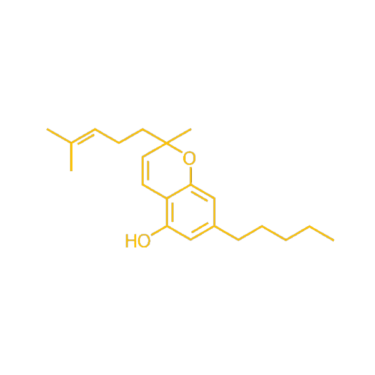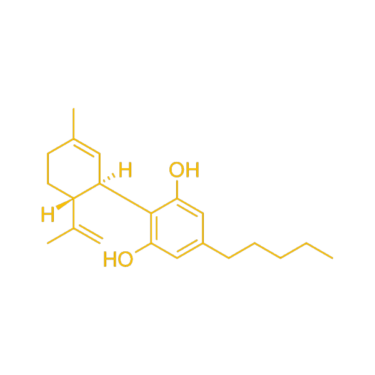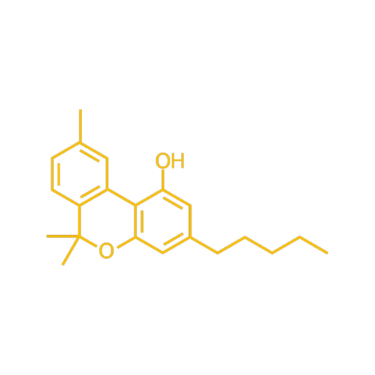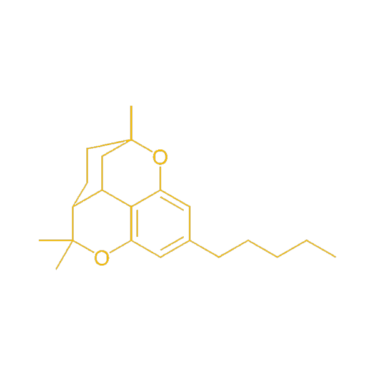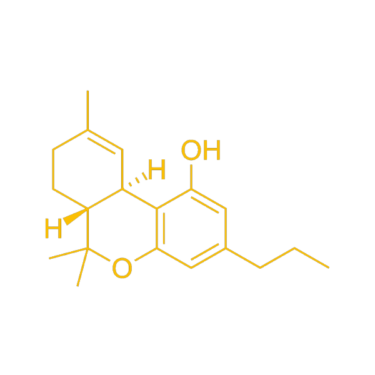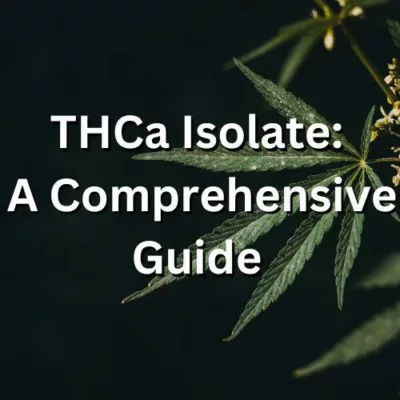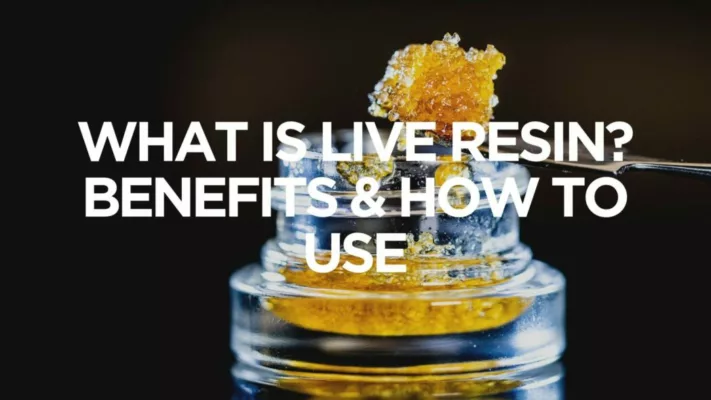
All products contain less than 0.3% Delta-9 THC and are legal in most of the USA.

Fast shipping and processing times. Orders usually ship in 1 – 2 business days.
Premium high quality cannabinoid products that are 3rd party lab tested.
Lowest prices for many one of a kind cannabinoid products. All finished goods we offer are made in the USA.
Most Popular
$14.99 – $3,400.00
$14.99 – $649.99
$20.99 – $850.00
Starting at Original price was: $149.95.$119.96Current price is: $119.96.
Original price was: $14.99.$9.99Current price is: $9.99.
$49.99 – $219.99
$69.99
Original price was: $19.99.$14.99Current price is: $14.99.
$14.99 – $1,875.00
Original price was: $34.99.$29.99Current price is: $29.99.
Original price was: $399.99.$349.99Current price is: $349.99.
Original price was: $399.99.$349.99Current price is: $349.99.
Original price was: $399.99.$349.99Current price is: $349.99.
Original price was: $399.99.$349.99Current price is: $349.99.
$9.99 – $999.99
Original price was: $79.99.$69.99Current price is: $69.99.
$39.99 – $999.99
$9.99
$14.99
$39.99 – $1,399.99
$49.99 – $1,499.99
$29.99 – $1,500.00
$55.99 – $1,999.99
Edibles
$29.99 – $44.99
$29.99 – $44.99
$29.99 – $44.99
Original price was: $19.99.$14.99Current price is: $14.99.
Original price was: $19.99.$14.99Current price is: $14.99.
Original price was: $19.99.$14.99Current price is: $14.99.
Original price was: $19.99.$14.99Current price is: $14.99.
Original price was: $19.99.$14.99Current price is: $14.99.
Original price was: $19.99.$14.99Current price is: $14.99.
Original price was: $19.99.$14.99Current price is: $14.99.
Original price was: $19.99.$14.99Current price is: $14.99.
Original price was: $24.99.$14.99Current price is: $14.99.
Original price was: $39.99.$29.99Current price is: $29.99.
Original price was: $34.99.$29.99Current price is: $29.99.
Original price was: $19.99.$14.99Current price is: $14.99.
Vapes
Original price was: $14.99.$9.99Current price is: $9.99.
Isolates
Original price was: $24.99.$9.99Current price is: $9.99.
$19.99 – $2,100.00
$14.99 – $300.00
$30.00 – $1,200.00
$4.99 – $149.99
$8.50 – $349.99
$9.99 – $5,500.00
$39.99 – $999.99
Original price was: $19.99.$14.99Current price is: $14.99.
$39.99 – $979.99
Categories
Latest News
THCa Isolate: A Comprehensive Guide to Benefits, Uses, and Why CannaClear.com is the Best Place to Buy THC-A Bulk
If you are interested in the benefits of cannabinoids, you may have heard of THCa isolate. This highly purified form [...]
Should I Take CBD Before or After a Workout?
Fitness enthusiasts are always looking for ways to push their routines to the next level. If you are one such [...]
Cannabis Edibles Brownies – Easy Recipes
Cannabis enthusiasts know that enjoying marijuana is not limited to smoking the stuff. Many enthusiasts also enjoy eating it. But [...]
What is The Best CBN for Sleep?
Restful sleep is necessary to allow the mind and body to recuperate and recharge. Without sufficient sleep, your productivity throughout [...]
Can You Eat THC Distillate?
There are many methods of consuming cannabis products. Try ingestion if you are not into smoking, dabbing, or vaporizing potent [...]
What is Live Resin? Benefits & How to Use
You can find quite a lot of cannabis concentrates on the market today. Some of the most popular forms of [...]
HHC Vs HHC-O – Everything You Need to Know
The cannabis plant is truly fascinating because it has components and extracts that produce stunning effects.
Does Color Matter In THC Oil?
The perfect THC oil looks like clear corn syrup placed in a transparent bottle. It looks pristine and mesmerizing.




